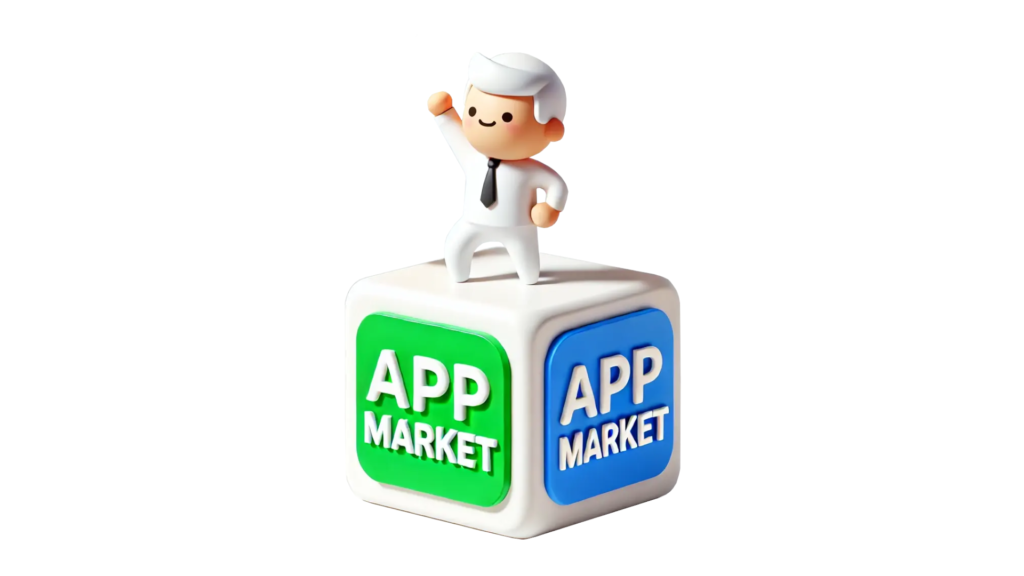Here’s the rule of thumb: knowing consumer behavior is like having a treasure map. How people use their devices, what they expect from apps, and how their preferences evolve directly shape the app development process. In this chapter, we’re inviting you to draw your own map. To do that, you need to know the key shifts in consumer behavior and how these changes impact the creation and success of mobile apps.
The Rise of Mobile-First Consumers
Mobile as the Primary Device
Gone are the days when desktops ruled. Today, consumers are more likely to reach for their smartphones first. This shift to mobile-first usage means that apps need to offer seamless, intuitive experiences that match or exceed those of their desktop counterparts.
On-the-Go Access
With mobile devices always within arm’s reach, consumers expect apps to provide quick, easy access to information and services. This demand for instant gratification has pushed developers to prioritize speed, efficiency, and user-friendly interfaces.
The Age of Personalization
Tailored Experiences
Consumers now expect apps to cater to their individual preferences and habits. Personalization has become a cornerstone of successful app design. By leveraging data analytics and AI, developers can create tailored experiences that keep users engaged and satisfied.
Context-Aware Services
Apps that can adapt to the context of the user’s environment—like location-based recommendations or time-sensitive notifications—are particularly appealing. This level of personalization requires sophisticated algorithms and a deep understanding of user behavior.
The Growth of Social and Community Features
Social Integration
Social media has deeply influenced how we interact with apps. Features that allow users to share content, connect with friends, and engage in communities can significantly enhance an app’s appeal. We need to think about how our apps can integrate with popular social platforms and foster a sense of community.
User-Generated Content
Consumers enjoy contributing their own content, whether it’s reviews, photos, or videos. Apps that encourage and facilitate user-generated content often see higher engagement and a stronger sense of community. This trend has been particularly impactful in social media, gaming, and lifestyle apps.

The Shift Toward Subscription Models
Freemium and Premium Services
As consumers become more comfortable with paying for digital services, the subscription model has gained popularity. Freemium apps, which offer basic features for free with the option to upgrade to premium services, are particularly effective. This model allows users to experience the app before committing to a subscription, increasing the likelihood of conversion.
Ongoing Value
To retain subscribers, apps must continually deliver value. This means regular updates, new features, and responsive customer support. We need to think beyond the initial download and focus on long-term user engagement and satisfaction.
The Importance of User Feedback
To truly hit the bullseye in today’s app market, we must go beyond merely understanding consumer behavior—we must actively involve users in the development process.
User feedback is a goldmine for us; by continuously collecting and analyzing feedback, we can make iterative improvements to our apps, addressing pain points and enhancing features. This user-centric approach ensures that the app evolves in line with consumer needs and expectations. Engaging users in beta testing can provide valuable insights into app performance and usability, fostering a sense of community and ownership among users who feel their opinions are valued in the development process.
By leveraging user feedback and engaging in beta testing, we can create apps that not only meet but exceed user expectations. This iterative approach ensures that apps are constantly evolving, staying relevant, and delivering ongoing value.
So, map out your strategy, involve your users, and keep your finger on the pulse of their ever-changing desires. The treasure? A successful app that resonates deeply with its audience.
Don’t miss out on the next chapter!



